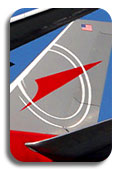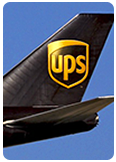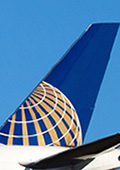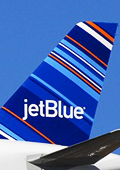Are Pilots Receiving Proper Training?
In January, the U.S. Transportation Department released a report concluding that the FAA is failing to ensure that pilots are properly trained for manual flight.
This report was released just two and a half years after the FAA announced that it would be increasing the qualification requirements from 250 hours to 1,500 hours, a rule that many point to as the cause of the pilot shortage.
This leads many to ask: If the amount of required training has sextupled, yet its effectiveness is still in question, isn’t a major shakeup in pilot training needed?
Airlines have already jumped to find a solution. United recently announced that it will be adding its own special training aimed to boost safety and improve communication for all of their 12,000 pilots, and American Airlines announced that student pilots will be able to learn and grow within their own training program. JetBlue Airways also announced plans of recruiting and training their pilots from scratch under a proposal last year.
There seems to be support coming from the House Transportation and Infrastructure Committee; the recent AIRR Act includes a provision that calls for the FAA to develop a better metric for pilot training. Safety advocates have condemned the 1,500-hour rule, calling the arbitrary number “ineffective and nonsensical”.
However, it remains unclear whether some airlines have enough time left for a change in regulations. According to Forbes, the “pilot shortage has caused the loss of air service to more than 30 cities since 2013 while another 86 have lost 10% or more of their service.”
“Despite the important role of regionals, no one seems to care that they are out of pilots,” said Aviation Consultant Kit Darby, an ATP Certification Training Program instructor at a major U.S. airline.
-

Delta Air Lines 04/23/2024
-

United Parcel Service 04/23/2024
-

Hawaiian Airlines 04/22/2024
-

United Airlines 04/22/2024
-

JetBlue Airways 04/19/2024
 AIRLINE PILOT CENTRAL
AIRLINE PILOT CENTRAL